Lighting for Turkey Breeder Females
by Peter Hunt, Management Specialist (Aviagen Turkeys)
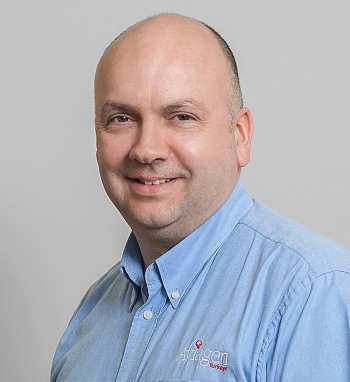
Lighting is a major factor influencing the hormonal cycle, sexual maturity and egg production. A good lighting programme is a combination of three different parameters, which control the female’s environment: light spectrum, intensity, and duration of the light and dark period.
It is important to ensure that the female’s reproductive development is normal, synchronized and timed to coincide with the transfer to the laying farm at 29 weeks of age. Following a lighting programme recommended by the primary breeder is important to maximise egg production, taking into account the day-length, light intensity and light source.
A lighting programme is a combination of important factors that describe the light intensity, duration and light type used to stimulate the females in to reproduction. To initiate reproduction, turkey breeder females must be photo stimulated by increasing the day length. Photo stimulation requires the females to be held for a period of 11 weeks on a short day length of 8 hours prior to photo stimulation and then the day length and light intensity is increased to 14 hours, to start egg production. This process mimics what happens to wild turkeys after the end of winter (short day length) and start to breed in spring (increasing day length).
At parent stock poult placement, it is important to have sufficient light for the poults to be able to find both feed and water to establish good patterns of feeding and sleeping. The position of the light source relative to the brooder is important to ensure that the brooder surround is evenly illuminated. A light intensity of 80–100 Lux in the first 2 days ensures the poults can find the feed and water. From 5 days of age until the end of 11 weeks of age, the light intensity should be kept constant at around 50–60 Lux, with a day length of 14 hours to promote good overall development of the female (See Figure 1).
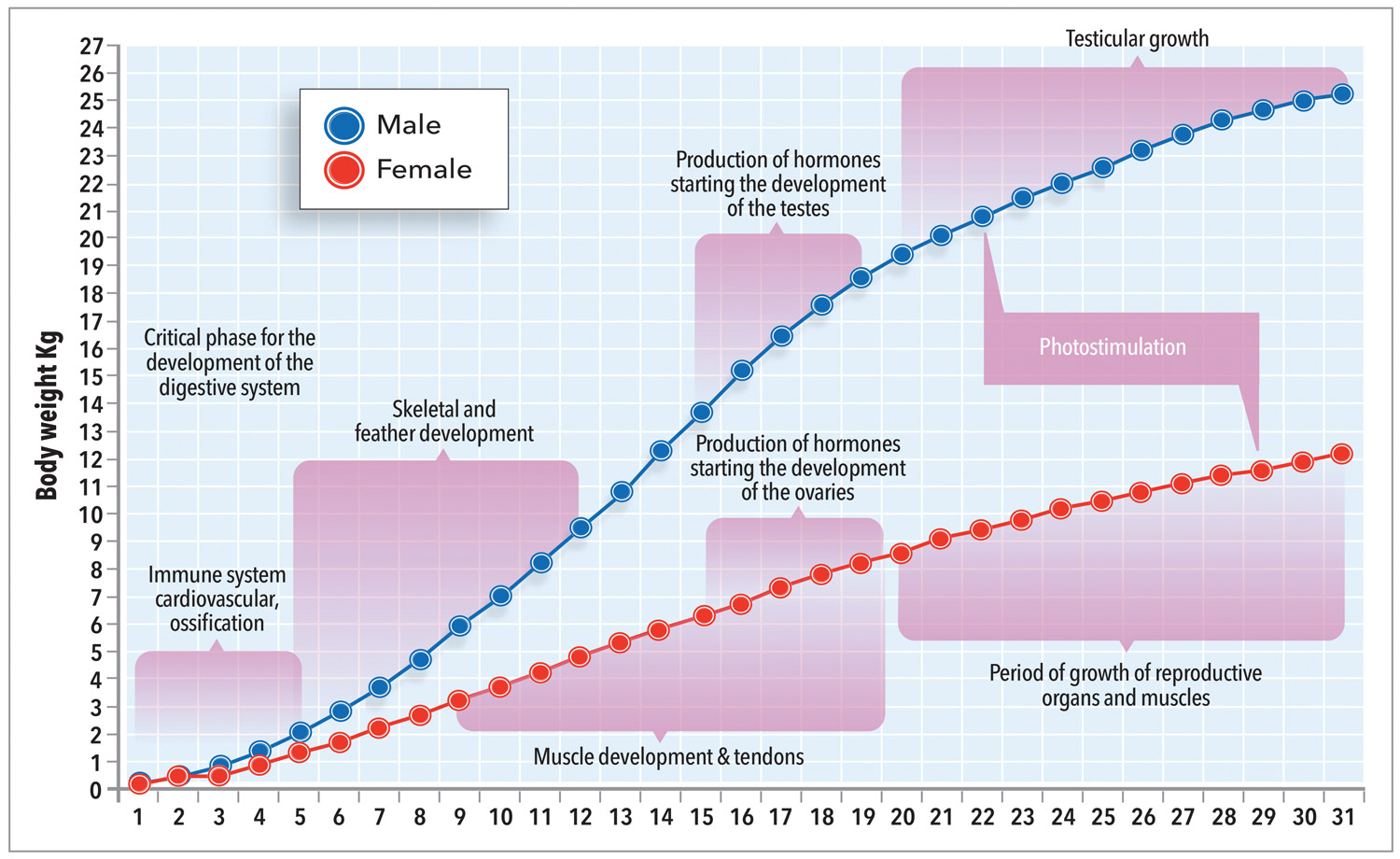
Figure 1. Female development chart
From 12–18 weeks of age, reduce the light duration to 6 –7 hours to ensure that the females are ready for photo-stimulation at 29 weeks of age.
Great care should be taken to ensure fan outlets and air inlets are checked for light tightness. Air inlets and outlets often allow natural light to enter the house and should be adequately light-proofed. (See Figure 2 & 3) Failure to carry out light tightness of a turkey breeder female house and correcting any natural light leakage can cause females to lay prematurely.
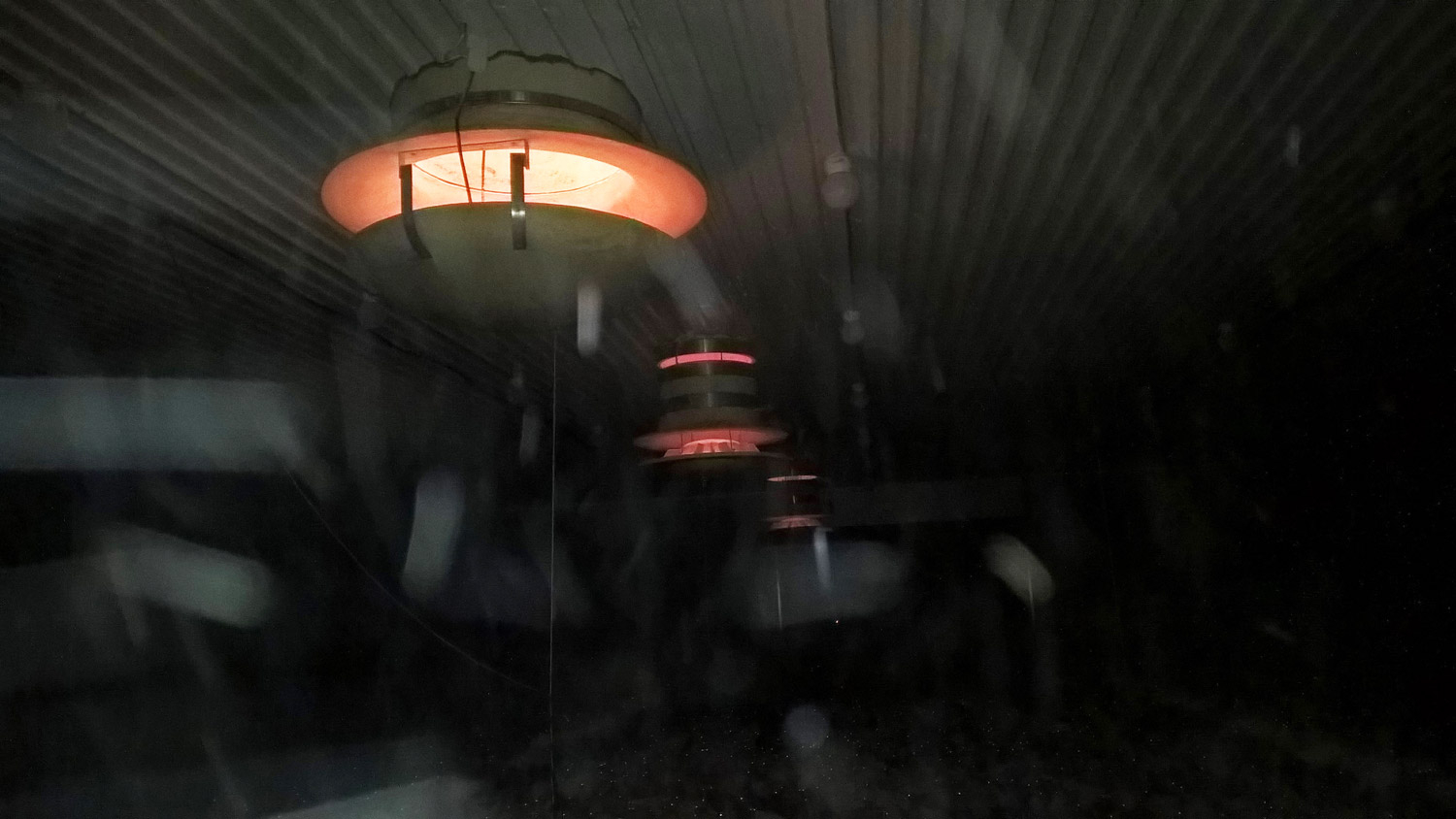
Figure 2. Natural light leakage fans
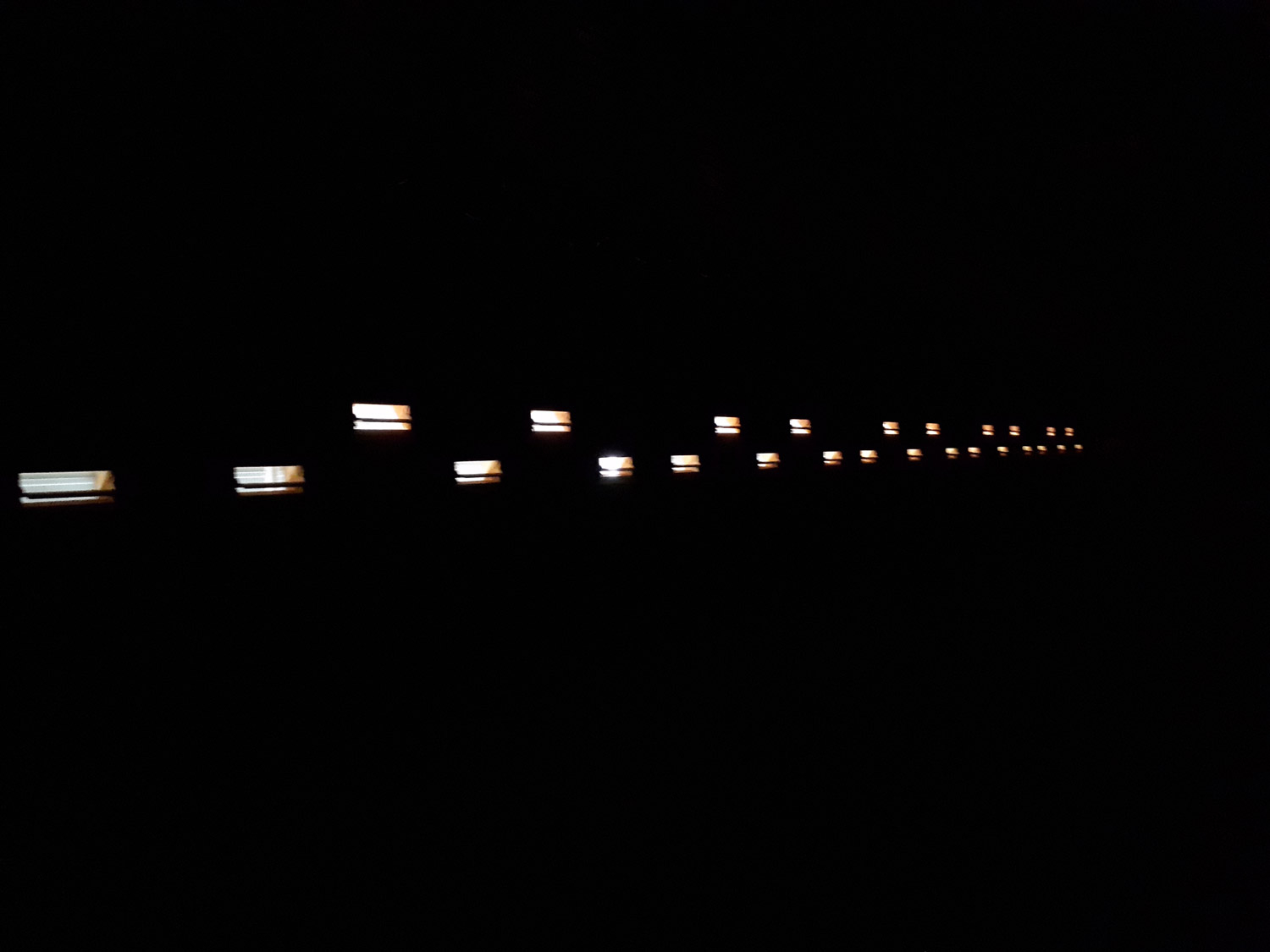
Figure 3. Natural light leakage air inlets
The introduction of a shorter day length of 6–7 hours from 18–29 weeks of age ensures that stimulation of egg production occurs when the females are transferred to the laying houses with a longer day length.
During the conditioning period, the day length is decreased to 6–7 hours and the light intensity should be between 50 and 60 Lux (see Table 1 below).
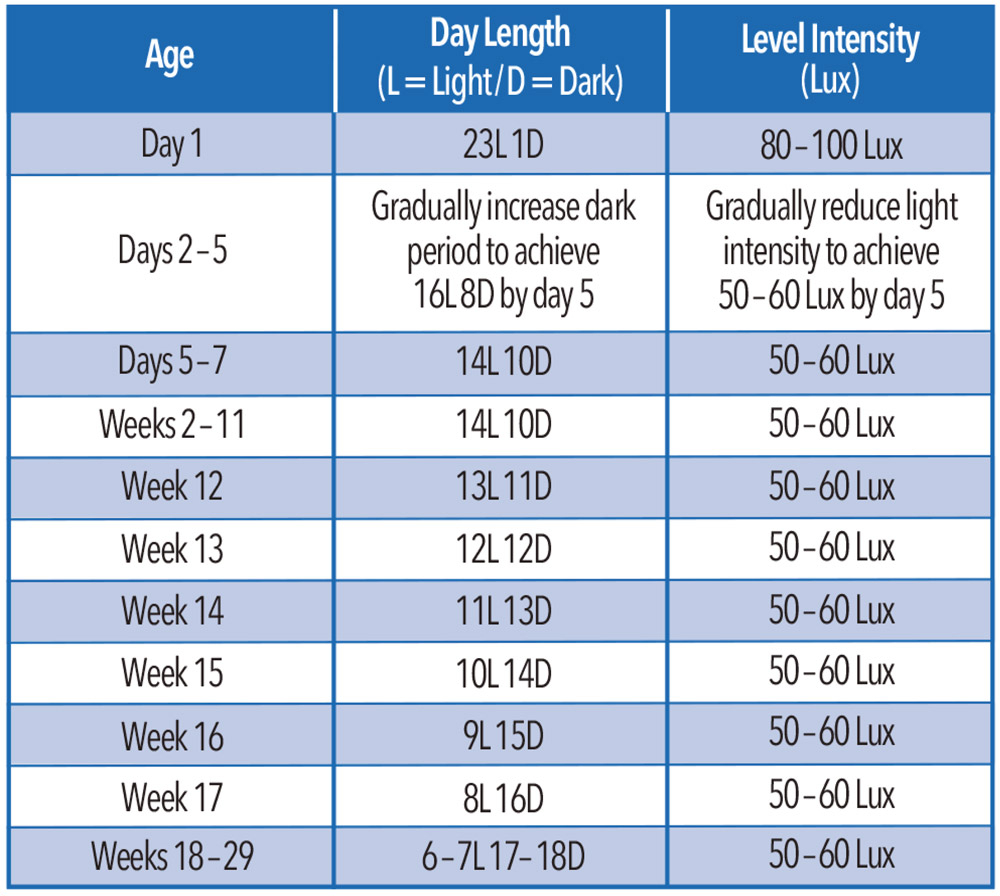
Table 1. Light intensity and duration for females
If external light enters the house during the dark period from 18 weeks of age, the females can be photo stimulated and squat or lay prematurely. This adversely affects egg numbers and egg size and may decrease peak production and fertility.
If at any time during the conditioning phase females are seen to be increasing in squatting behaviour, this indicates a problem that needs rectifying, either by improving the light proofing, checking the lighting system or that management procedures are not being followed for the short day length from 18 weeks of age.
Procedures for Lighting in the Laying period
The transfer of females to the laying houses usually takes place when the females are 29 to 30 weeks of age and photo stimulation takes place on the day of transfer by moving from the short day length of 6–7 hours to a 14 hours. The females must always move to a higher light intensity from that used during rearing, as a light intensity of 100 Lux is recommended.
Lighting breeder females before 29 weeks can reduce egg production and increase the number of small reject eggs produced. This can reduce the overall number of eggs produced and increase the cost per egg.
Natural daylight provides the best light intensity and quality having a broad spectrum of wavelengths. The red part of the spectrum of long wavelength (600 to 700nm) has been shown to be most important for the photo stimulation. When choosing lighting, care must be taken to select lights that emit light in the red wavelength.
Day length or light intensity during lay must NEVER be allowed to decrease. Reducing the day length can induce the females into a premature moult (feather loss) and egg production can be lost.
Production in controlled environment housing
In order to mimic the seasonal effect of light increases, the light duration should be increased every 4 weeks to help the sexual hormone cycle and minimise broodiness (see Table 2).
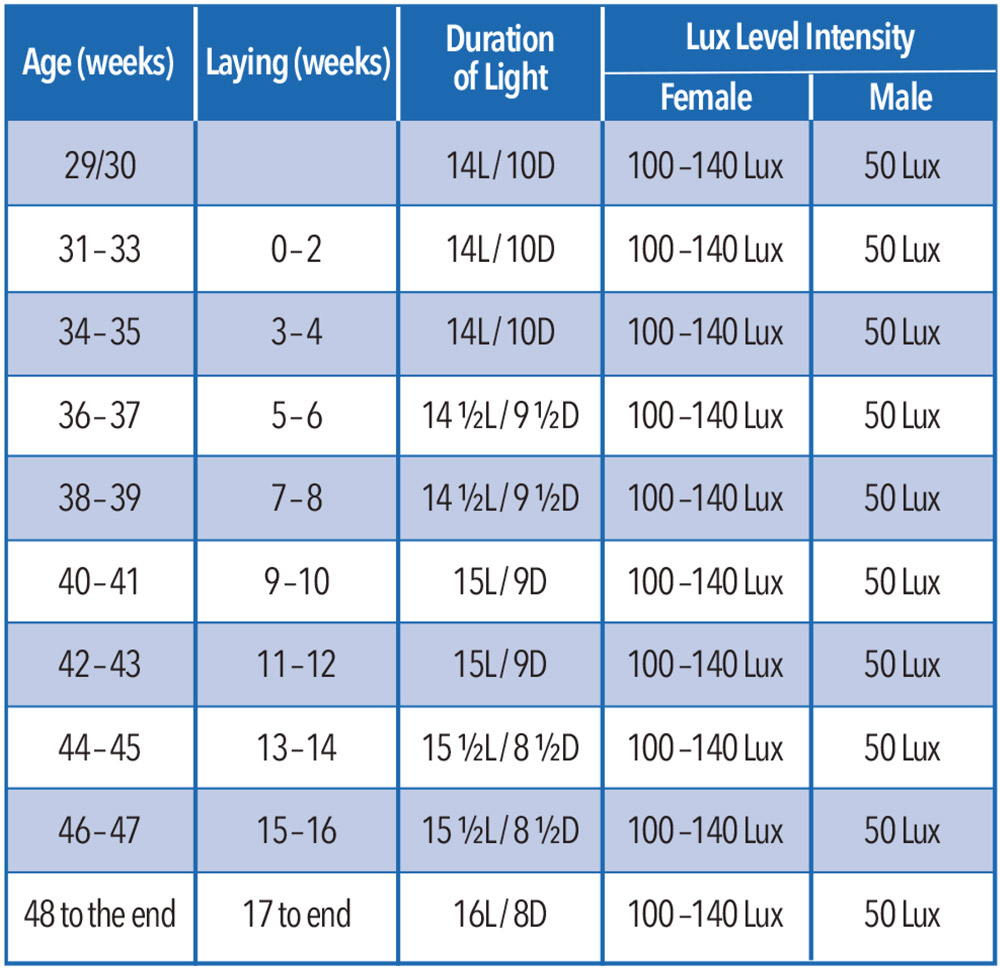
Table 2. Example of a lighting programme in an enclosed environment
Lay In Naturally Ventilated Housing
When females are brought into production in naturally ventilated housing during periods of long natural day length, then this day length MUST be maintained throughout the laying period. Use supplementary artificial light as required if the natural day length is declining later in the laying period.
When the natural days are short (not more than 14 hours of light, e.g. in winter), follow the same lighting programme as detailed above for females in controlled environment houses. Flocks that come into production before the longest day will always be on a naturally increasing light, having increments of approximately ½ hour per week up to a maximum of 17 hours day length. Use a lighting programme starting at 06.00 hours until 20.00 hours in the winter period and 05.00 to 21.00 hours in the peak of the summer. On dull days when there is little or no sunlight, the natural daylight must be supplemented by using artificial lighting.
The information presented here is based on practical experience and may need to be adapted according to house type and specific operational conditions. Advice for other housing systems can be obtained from Aviagen Turkeys Management Specialists.
